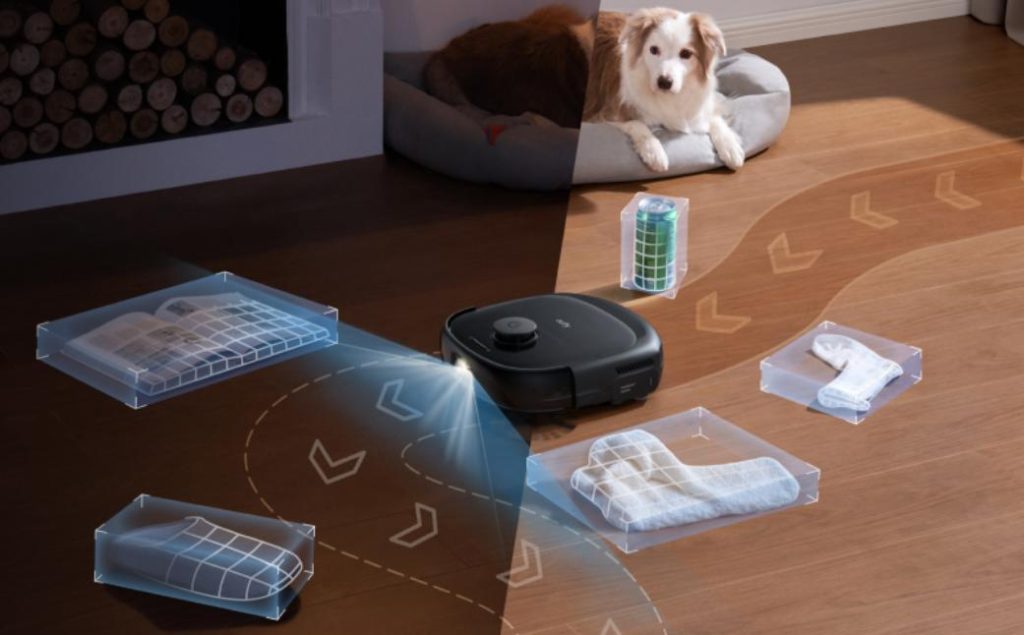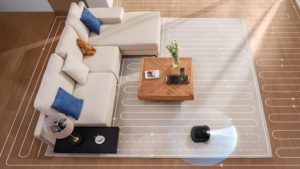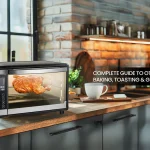Robot vacuums have transformed home cleaning by tackling dirt and dust while avoiding obstacles with precision. Sensor technology, mapping software, and artificial intelligence give them the brainpower to keep a clean home without getting tangled or stuck. Understanding these systems can help users optimize performance and anticipate future advancements in robotic cleaning. Whether you’re contemplating your first robot vacuum or seeking to enhance its efficiency, knowing how they navigate can empower your experience. Let’s delve into how these devices manage obstacle avoidance in strengthening home cleanliness.
Key Technologies Helping Robot Vacuums Navigate
Smarter and more efficient cleaning demands a mix of sensor technologies and intelligent systems. Let’s explore the primary tools empowering robot vacuums.
Infrared and Ultrasonic Sensors
Infrared and ultrasonic sensors serve as the eyes and ears of robot vacuums. These sensors emit light or sound waves, allowing the vacuum to detect obstacles before colliding with them. Infrared sensors use light to identify hurdles by measuring the time it takes for the light to bounce back. Objects that reflect or absorb light differently can be recognized, helping the vacuum decide when to change direction. Ultrasonic sensors operate similarly, but with sound waves. By emitting high-frequency sound beyond the human hearing range, these sensors detect echo delays. This tech helps in honing path precision and reducing error rates. Together, infrared and ultrasonic sensors form an intelligent approach, ensuring less bumping and more accurate navigation in diverse home environments.
Bump Sensors and Mechanical Detection
Bump sensors are fundamental components in detecting when a vacuum hits an obstacle directly. Basic yet effective, these sensors rely on physical contact to halt and redirect the vacuum. When the device strikes an object, the bump sensor triggers a signal, prompting it to back up, turn, and seek a clearer path. Accompanying this technology are mechanical parts such as wheels or brushes that leverage this feedback. Adjustments based on user history allow for enhancing space mapping over time. Bump sensors are continually refined to offer reliable and responsive interaction with the surroundings. Although a simple form of detection, they remain a crucial part of any robot vacuum’s obstacle avoidance toolkit.
Advanced Systems in Modern Models
Modern robot vacuums integrate sophisticated techniques to navigate efficiently, fostering enhanced user convenience and superior performance.
LiDAR Mapping and SLAM Navigation
LiDAR, or Light Detection and Ranging, provides precise mapping by measuring distances to surrounding objects with rapid light pulses. This enables vacuums to create real-time maps of a room and recognize changes in the environment. Often paired with Simultaneous Localization and Mapping (SLAM), vacuums can build and update a map while keeping track of their position. This combo helps them navigate around furniture and decor seamlessly. Unlike traditional methods, LiDAR with SLAM identifies obstacles accurately and plans efficient cleaning routes. LiDAR-based systems offer users the confidence of thorough cleaning, knowing their vacuum can maneuver around complex layouts and dynamically shifting spaces.
Vision-Based Systems and AI Recognition
Vision-based systems in robot vacuums utilize cameras to perceive their surroundings. Unlike sensors, cameras capture detailed environmental images, enabling AI algorithms to process visual data. By identifying distinct patterns, textures, or objects, these systems can recognize different items and react accordingly. AI enhances this capability by learning from past encounters, improving navigation precision, and predicting challenges. Highly detailed object detection prevents entanglement with cords and provides adaptability to cluttered rooms. As a result, vacuums understand the contour of objects, offering dynamic avoidance strategies. With AI, these vision-enhanced systems continuously evolve, making them smarter and more adept at handling everyday household hurdles.
Tips for Improving Obstacle Avoidance Performance at Home
To boost your robot vacuum’s obstacle-avoidance performance, ensure its operating environment is vacuum-friendly. Start by decluttering the areas you target for cleaning. Remove small objects, cables, or items that could impede movement. Arrange furniture to create clear pathways and reduce complex geometry. Regularly inspect and clean sensors to maintain optimum functionality. Make sure firmware is up-to-date, supporting advanced capabilities and bug fixes. Calibrating the device in new environments familiarizes it with space-specific challenges, enhancing its navigation over time. Employ zoned cleaning modes or virtual barriers to guide the device. Follow these steps, and your robot vacuum will navigate smarter, ensuring efficient cleaning and minimal disruptions.
What’s Next in Obstacle Avoidance for Robot Vacuums?
Future advancements in robot vacuum technology promise even greater innovations. Enhanced artificial intelligence and machine learning algorithms are leading developments, enabling a more profound understanding of complex environments. Expect to see advances in multi-modal sensor fusion—coordinating data from diverse sensors for more accurate decision-making. We also foresee significant improvements in cloud-connected machine learning, allowing devices to share, learn, and update in real time. Enhanced environmental awareness through ultra-wideband systems or next-gen LiDAR may become mainstream. Furthermore, increased processing power will allow vacuums to anticipate human presence, avoiding inconvenience. These developing trends indicate a gradual shift towards fully autonomous, self-updating cleaning solutions.
Conclusion
Robot vacuums have come a long way in obstacle avoidance, courtesy of innovative sensor technologies and machine intelligence. Today, effective navigation combines traditional methods with cutting-edge approaches like LiDAR and AI. As technology continues to advance, users stand to benefit from more intelligent and autonomous devices. By understanding how robot vacuums work and optimizing their operation, homeowners can enjoy a more seamless cleaning experience. Looking ahead, we anticipate exciting breakthroughs that promise to transform robotic cleaning into an even smarter, more user-friendly process, bringing us closer to a future of truly hands-off home management.

Oliver Smith is an experienced blogger at Grammar Globe, Oliver Smith, an expert in English grammar and a master of wit, brings language to life with his playful take on puns. Through his works, he weaves humor into the rules of grammar, making learning fun and engaging for readers of all ages. Discover language with a smile!”








